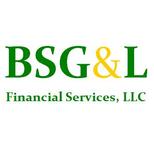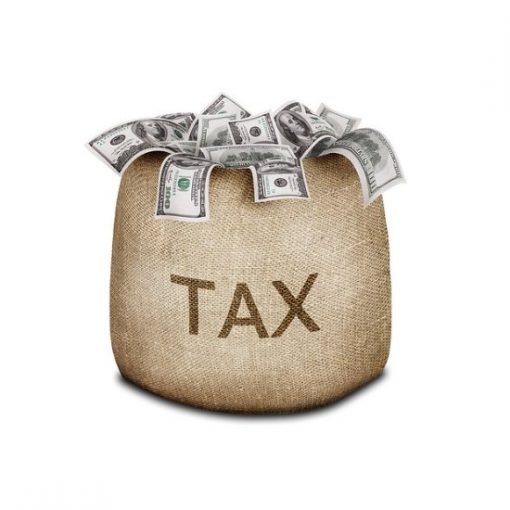The U.S. economy is continuing to slowly expand as we move into March. As I thought, the fourth quarter GDP was revised to a positive 0.1%. This appalling rate is near stall.
We now are in sequestration and have a tax increase in addition. The macroeconomic effect of sequestration is not catastrophic in my opinion. However, all the cuts come from the discretionary part of the budget. This will have a larger, short term effect on GDP. I believe investors should continue to expect volatility in the near term.
The Italian election, currency wars, or the aforementioned tax increase along with sequestration will increase policy-related risks for both the financial markets and world economies. Currency devaluation can produce GDP gains in the short run, however, they very rarely end with positive outcomes. This is especially true when most of the major central banks in the world are practicing a “beggar thy neighbor” policy.
However, all is not lost. There are signs of growth in the emerging markets around the world. China’s slowdown was a major concern in 2012. However China is showing growth again. Indonesia, Mexico and several other developing countries are expanding as fast as or faster than the BRIC nations.
Overall I believe that world growth should be better in 2013 than 2012. Even as the emerging markets and the United States slowly gain traction, investors should be aware of continuing volatility in the markets.
Amidst the entire world’s economic travails, the U.S. economy has several areas of potential growth. The U. S. housing market is showing signs of improvement. U.S. manufacturers are doing better than their foreign competitors.
Lower energy prices are enabling our manufacturing companies to be more competitive. Increased spending by individual companies, the improved housing markets, and an overall increase in global trade is benefiting our manufacturing sector. This is beginning to show up in corporate results.
Companies that provide power tools, air-conditioning, flooring, furniture and concrete are showing increases in sales. There are signs that home improvement spending is increasing this year.
Employment activity continues to expand, but at a level that will only slowly bring down unemployment. In addition, the developing world’s need for materials, energy and technology will continue to expand. In my opinion, this should keep Brent Crude price in the $110 to $120 per barrel range.
As more pipelines come on stream and more efficient, rail and other forms of transportation become available, I believe the price of WTI crude will narrow the price gap with Brent. There should still be a sufficient divergence to give an advantage to American companies who have a broad exposure to the products needed in emerging markets.
With the technological developments in the oil & gas industry, American companies that use energy as a fuel or as raw materials will be more competitive against companies in high cost countries in my opinion.
Natural gas prices have rebounded due to prolonged periods of cold in the Northeast. The amount of gas in storage is now below last year and approaching the five year average. As we approach the five year average, I believe Dry Gas prices will rise to about $4.00 per million BTU’s. Currently dry gas futures prices are in the $4.15 per million BTU range.
This price range is still great for utilities, chemical companies, fertilizer manufacturers and manufacturing in general which use natural gas as a fuel or feedstock. The expansion along the Gulf Coast is proceeding on schedule and expanded capacity of ethylene will start coming online this quarter and continue into 2015. In my opinion, this will add to employment and increase exports reducing our balance of trade deficit.
BSG&L has a long term investment horizon. We still believe industrials, including manufacturing and chemicals, are the place to be. We like chemical companies, fertilizer manufacturers, small to mid cap E&P companies that are increasing reserves and production year over year and manufacturing companies.
Two E&P companies we like are Continental Resources (CLR) and EOG Resources (EOG). They have dramatically increased production year over year. Two smaller companies that have had very large reserve and production increases are Whiting Petroleum (WLL) and Oasis Petroleum (OAS).
In the Master Limited Partnership space, we like Enterprise Products (EPD) and Kinder Morgan Partners (KMP). They are less sensitive to commodity prices, since they transport, store, and process oil and natural gas without taking ownership.
In my opinion, these two MLP companies have nice dividends and have shown an ability to increase quarterly distributions for some time As share prices have pulled back, the stronger mid-stream gas companies are using their abundant cash positions to acquire smaller rivals.
In the chemical industry, we like LyondellBasell (LBY), Huntsman Corporation (HUN) and Westlake Chemicals (WLK). Their profit margins have shown a greater increase due to cheaper natural gas prices than some of the bigger chemical companies, according to their earnings reports..
We feel that heavy equipment manufacturers like Caterpillar (CAT) and Deere & Company (DE) will be good investments over the next few years. I believe that Caterpillar has a good chance of growing share price. They have a dominate position in the United States, which is growing, and we are seeing growth in China.
Also their price-earnings to growth (PEG) ratio is lower than other manufacturers in the heavy equipment sector. We still like industrial commodity companies. As the world economy begins to expand again, I believe material producers like Cliffs Natural Resources (CLF), Freeport McMoran Copper & Gold (FCX) and the larger coal companies will once again move up in the investment placement arena. However, we are on hold here until we see better signs of improvement in emerging market countries.
Just to restate, I believe that the lack of an agreement on spending cuts, sequestration, tax increases, and the myriad of new regulations will be a damper on 2013 economic activity and therefore investment returns. That is why we are seeking to emphasize investments in companies with good cash flow, good cash distributions and companies that operate in areas where they have an advantage due to much lower energy costs and raw material input costs.
We prefer companies that generate good after tax returns. With interest rates at historic lows, even as dividend taxes go up, the after tax returns are higher than most investment grade debt. There is a growing shift from very low yield bonds into equity.
With a negative real return on Treasury bonds in the last half of 2012, we are seeing a shift to higher yielding equities. The longer central banks keep interest rates low, the larger will be the flow of funds. This should help increase good companies share prices as we go forward. BSG&L is a long term investor. We believe if you are patient, build cash and buy good companies on pull backs, your portfolio will have good growth over the long term.
The investments discussed are held in client accounts as of March 1, 2013. These investments may or may not be currently held in client accounts. The reader should not assume that any investments identified were or will be profitable or that any investment recommendations or investment decisions we make in the future will be profitable.



